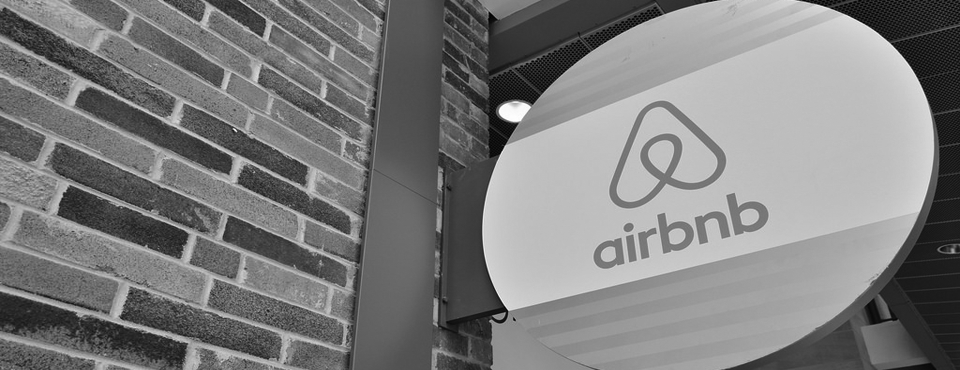
Short-term rentals and the housing market: The effects of Airbnb
This is an edited re-post of a blog published at the Birmingham Business School website.
Short-term rental (STR) platforms, such as Airbnb, have grown spectacularly in recent years. Since its launch in 2007, Airbnb has grown into a multibillion dollar business, now offering more than 4.5 million listings in over 190 countries worldwide.
Airbnb allows individuals to list their spare room or entire apartment for a self-established price to potential guests from all over the world. Particularly in heated housing markets, this new business model has emerged into an attractive opportunity for generating alternative income streams. However, the surge in popularity of these platforms has also led to substantial opposition, due to decreasing housing affordability, illegal hotelisation, unfair competition, and other negative effects such as nuisance or overcrowding within and around buildings.
Local governments around the globe have responded quite differently towards regulating STR-platforms. Most cities have not significantly regulated these platforms, but a limited number have put severe restrictions in place. Berlin, for instance, requires STR-hosts to occupy the property for at least 50% of the time. San Francisco imposes a cap of maximum 90 rental days per year and a 14% hotel tax (i.e. Transient Occupancy Tax). The effect of such regulations appears straightforward: basic economic theory tells us that the absence of negative externalities, such regulation, induces a reduction in house prices (and rents) by restricting the most efficient use of housing. This reduction will be particularly pronounced at locations that are attractive to tourists. However, the presence of substantial negative externalities may lead to the exact opposite: regulation may cause prices (and rent) to increase as the reduction in negative external costs, due to regulation, will increase residential demand. Hence, the net effects of STRs on the housing market are still unknown.
In a recent detailed study of Los Angeles County, we use a quasi-experimental research design to examine the relationship between property values and the intensity of demand for STRs. This allows us to address the problem of calling out Airbnb as the sole culprit of rising house prices and rents: many cities have become increasingly popular for both locals and tourists in recent years, leading to a strong positive correlation between house prices and the number of Airbnb listings. However, the rise in prices and rents is not necesseraly a causal effect of Airbnb.
Our empirical results show that the overall causal impact of Airbnb on property values can be large. For example, in areas within 5km of Los Angeles’s central business district the price increase has been 14%. Within 2.5km of beaches, the price increase due to Airbnb has been almost 10%. This shows that in areas that are attractive to tourists, increases in property values are substantial, while in areas without much tourist demand (e.g. Pasadena), effects are small.
Our results have a number of policy implications. Using a back-of-the-envelope calculation, we argue that regulating Airbnb has stark distributional implications because regulation implies losses for homeowners, which are substantial for individuals who live in areas that are popular with tourists. Households who typically rent experience the opposite and can only gain from such a regulation. Given the average house price in regulated cities and given our assumptions, regulation implies an annual welfare loss of about $680 per property. The intuition for such a substantial loss is that real estate investors’ willingness to pay is much higher than the willingness of the incumbent households being priced out of the market.
Hans Koster
Jos van Ommeren
Nicolas Volkhausen
